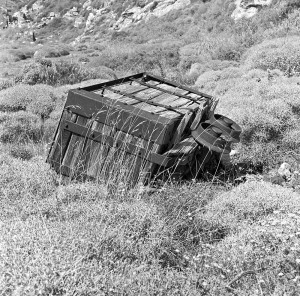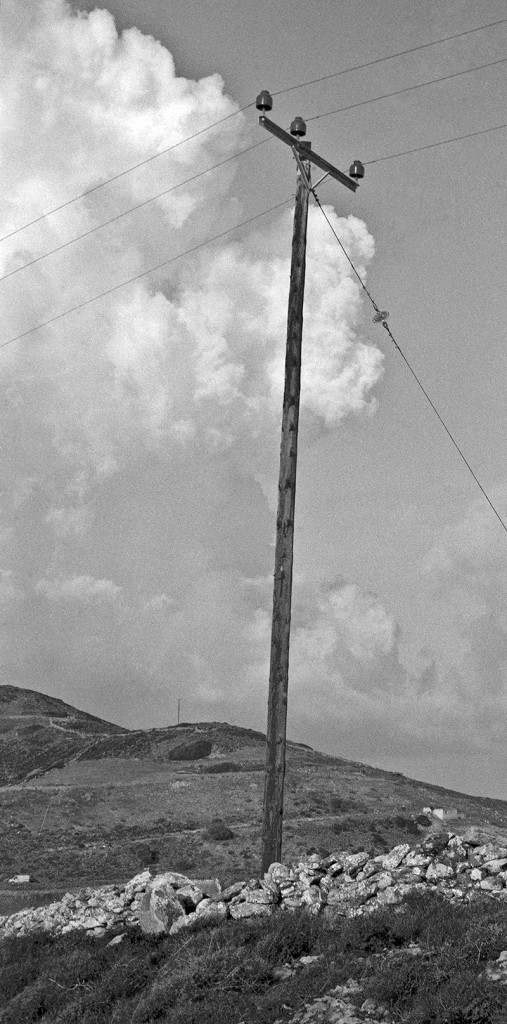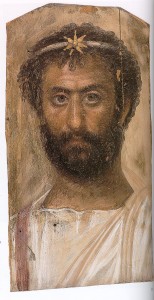In the past few weeks I have begun printing some of the images I made last summer during my island hopping following the spring 2012 session here at the Aegean Center. For the most part, they are photographs of the stone walls that criss-cross the Kyklades landscapes like so many topographical scratches: property lines, terrace farming, some ancient, some new. The proofs are working out fine, but I have begun to grow uneasy. I am still coming to terms with the idea of ‘art’ and my photography. True, I can compose within the format, be it square or rectangular, but am I an artist or am I simply a skilled documentarian? The same applies to the portrait pieces I am photographing with my 4×5 and then using the scanner to render them into a digital format. This is not my discussion alone, but one that has been on the table since photography began. Is a photograph art?
I was told tonight by someone at a cafe that if a photograph ‘moves him’, creates an emotional response, then it is art. I’ll buy that. So what kind of emotional response is my ‘wall photography’ generating? Nostalgia, loneliness, sadness…The scenes are desolate, full of ruins and, in some cases, the detritus of man. Overturned ore carts, rotting and rusting in the harsh Aegean climate; volcanic chunks of stone piled two meters high to create the snake-like patterns running over hills one sees from the aft deck of the Blue Star ferry as they sail from Pireaus south. There are no people in these images. There are only the bones of ghosts.
The portrait work, on the other hand, is completely different. I am trying to capture the essence of the person, or people, in their own environment. Some are in studios, others at home. In each case I have been able to catch a glimpse of something that reaffirms the great possibility of life. The terrace farms may collapse due to misuse over the centuries, but these people will live on through the images I am creating. I am creating. I can create. Perhaps that is as close a definition for ‘art’ as I will ever get. Art is creation, a recognition of beauty and grace despite the ravages of time. I can be a creator of something. I can document with a deft hand, be mindful of the alchemical processes and thus reveal something to the world that I find beautiful. There is a lazy part of me that wants this feeling to go away. The realist in me understands that questioning is essential. Without doubt and self-examination, how can I possibly progress?
JDCM



